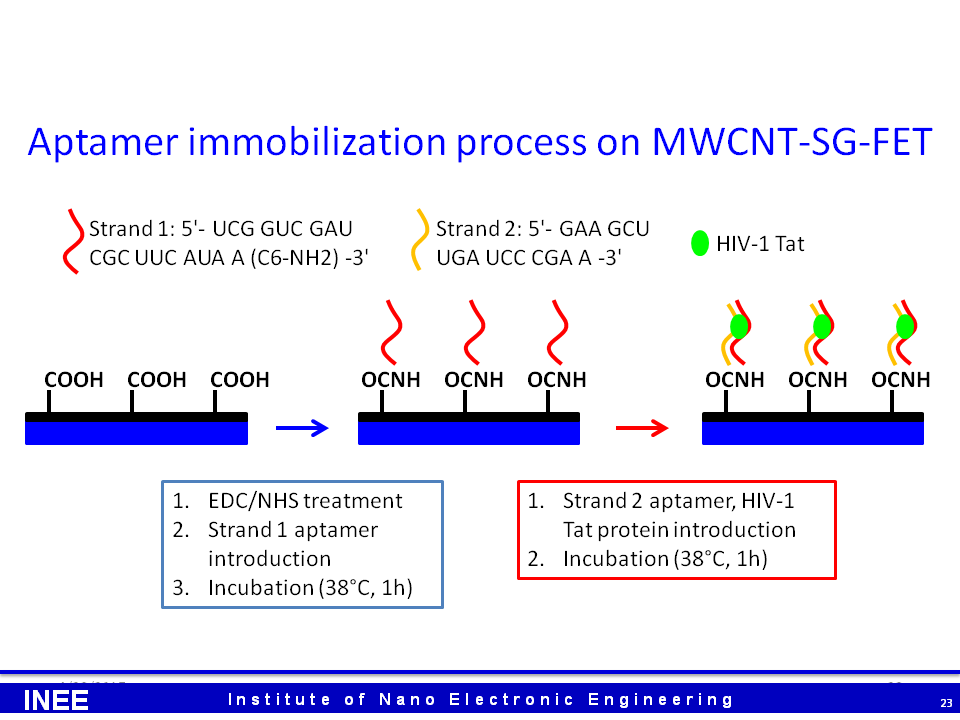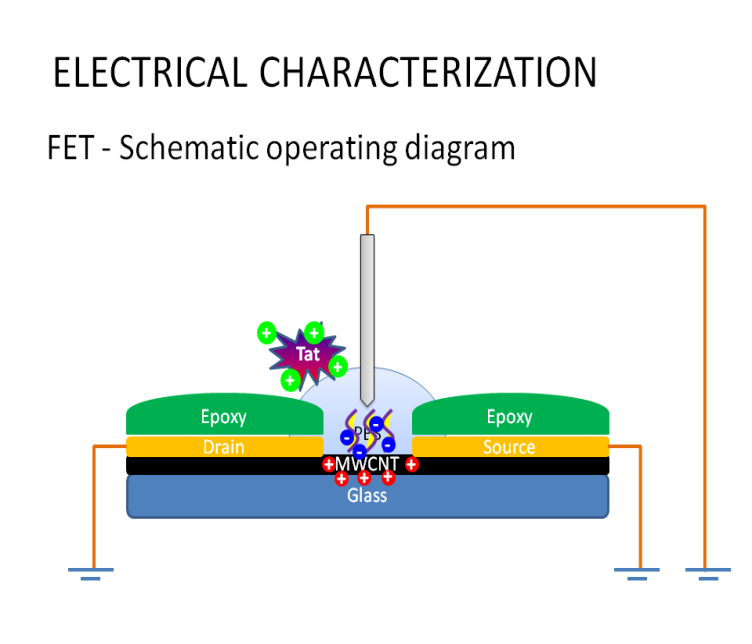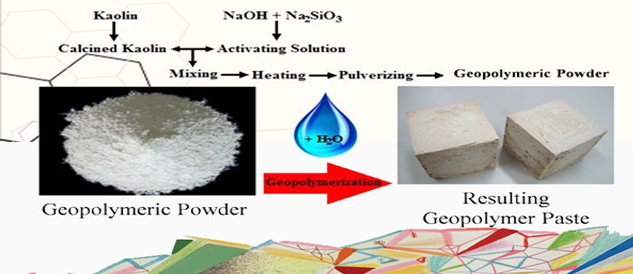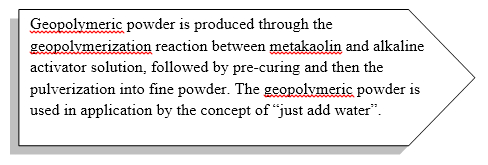|

Carbon-based material including carbon nanotubes (CNTs), diamond and graphene are central materials in nanoscience. Their unique electrical, physical, mechanical and chemical properties are widely studied so as to develop biosensor devices. The current trend of biosensing is moving towards the realization of point-of-care diagnostic systems, which involve the integration of all the analytical stages on a single chip. In this study, a combination of aptamer modified multiwalled carbon nanotube integrated with field effect transistor (MWCNT-FET) were demonstrated for human immunodeficiency virus-1 (HIV-1) Tat protein detection. The effect of surface functionalization of multiwalled carbon nanotube (MWCNT) is investigated by introducing carboxyl functional group through chemical surface treatment.

The functional group on CNTs surface were characterized by using Fourier transform infra red (FTIR), Scanning electron microscope (SEM), Thermo gravimetric analysis (TGA) and X-ray photoelectron spectroscopy (XPS). RNA aptamer were immobilized on the CNT functionalized surface by covalent binding. Aptamer act as molecular recognition element for HIV-1 Tat protein. The current-voltage measurements were studied before and after aptamer immobilization. A series of analyte concentration were measured to determine the limit of detection for CNTs-FET biosensor. The specificity of the aptamer probe and the stability of the device detection has been investigated. The device will be validate on the usage of the real sample from human bodily fluid to evaluate the effectiveness of detection. The performance of the biosensor were demonstrated not only by current-voltage measurement but also cyclic voltammetry. There were also supporting test on colorimetric study conducted to confirmed the reaction between the aptamer and protein.
|











